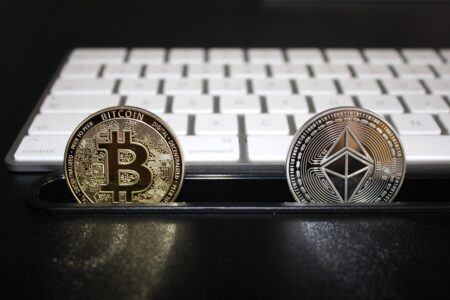According to the latest exchange report from CryptoCompare (September), the trade volume on “trans-fee-mining” — or transaction fee mining (TFM) — exchanges dropped dramatically between August and September, more than halving. The overall proportion of transaction volume in the crypto markets comprised of TFM has thus declined significantly during this period.
Specifically, trade volume on TFM exchanges accounted for $174 billion during September, down from $375 billion during August. The more classical taker-fee exchanges, which charge a small percentage to execute a market order, typically outdo trans-fee exchanges even if only slightly. But during September, they exchanged $358 billion, up from $355 billion in August, far out-trading TFMs.
Transaction fee mining (or “mining”) occurs when users are rewarded, rather than taxed for executing orders on an exchange. Typically, exchanges allow free trades for users posting limit orders, which are orders set at a certain price. Otherwise, if users want to buy or sell immediately at whatever the current price is, they are usually charged a small fee. The rationale here is that exchanges want as many users as possible to post orders, so that order books are nice and thick (traders like liquidity).
Trouble With Trans-Fees
The TFM exchanges go one step further by rewarding all users just for trading on their exchanges, with in-house tokens. The idea is, again, to attract more traders and thus more liquidity.
In a sense, this model is the epitome of speculation, whereby users accrue large quantities of tokens betting that they will someday be worth more. Some have claimed, however, that this incentive encourages “wash trading,” an unwelcome form of market liquidity that is actually banned in traditional, regulated markets. This is when the same entity, or colluding entities, trade back and forth with each other.
In traditional markets, this is done in order to manipulate assets’ prices and set up exploitative trades. Here, the goal would be different but the effect is still undesirable: exchanges with high transaction volume but low order book depth may result in erratic price changes on cryptoassets. CryptoGlobe tackled the question last year of whether or not this sort of trading constitutes “fake volume.”
In CryptoCompare’s June 2019 Exchange Benchmark guide (pdf available here), exchanges employing the trans-mining model were generally classified as “Lower Quality,” despite volume on such exchanges rising as a percentage of the total market at the time. It seems that the trend may be shifting again.
Featured image via Pixabay.









